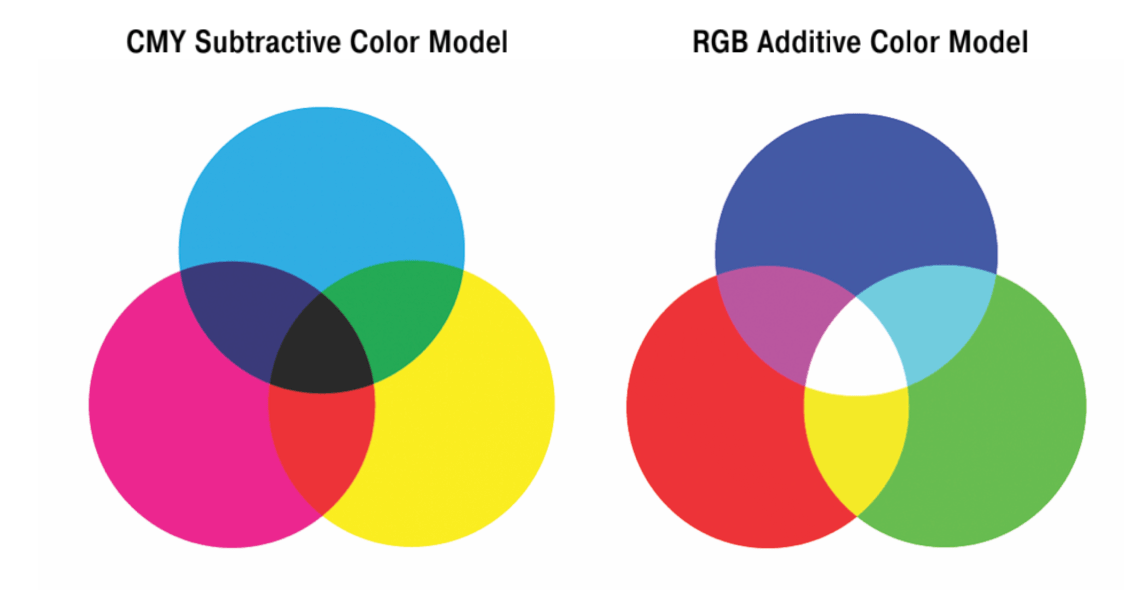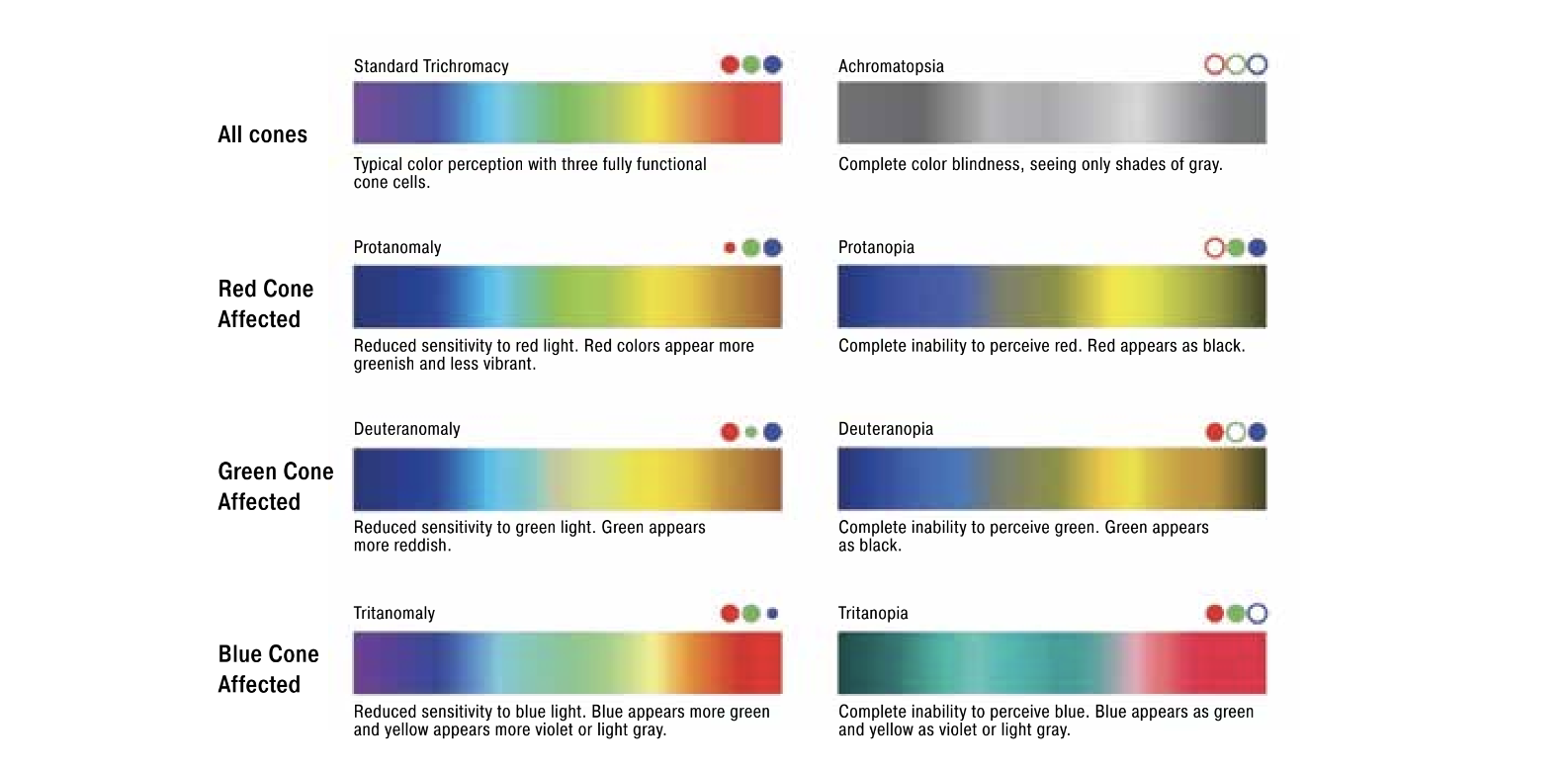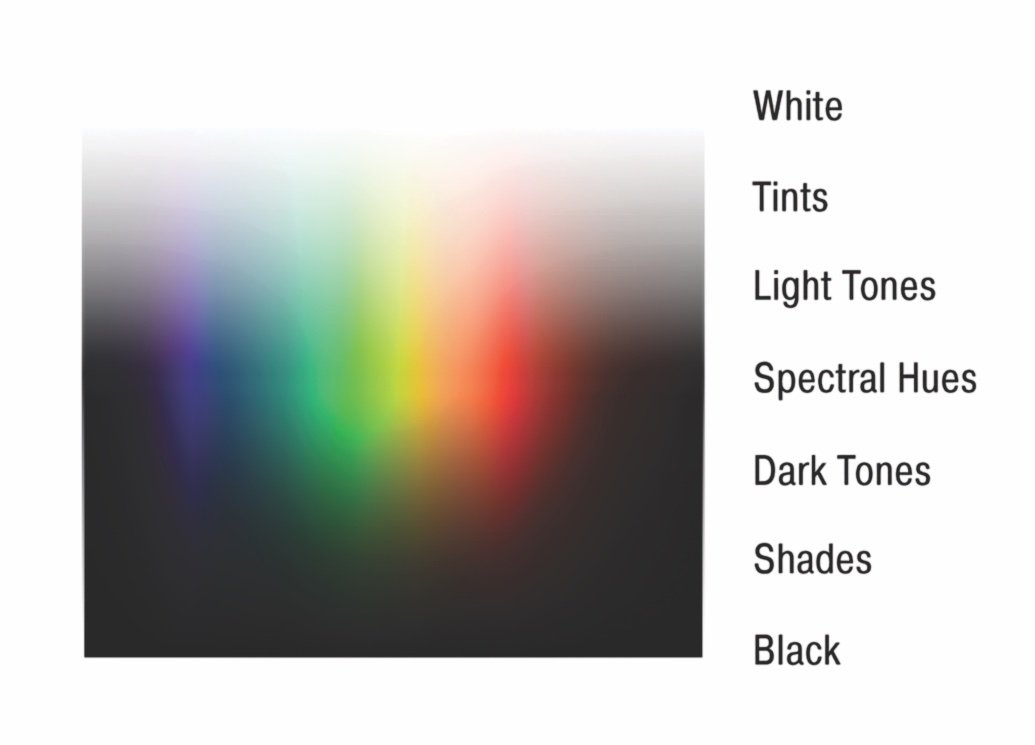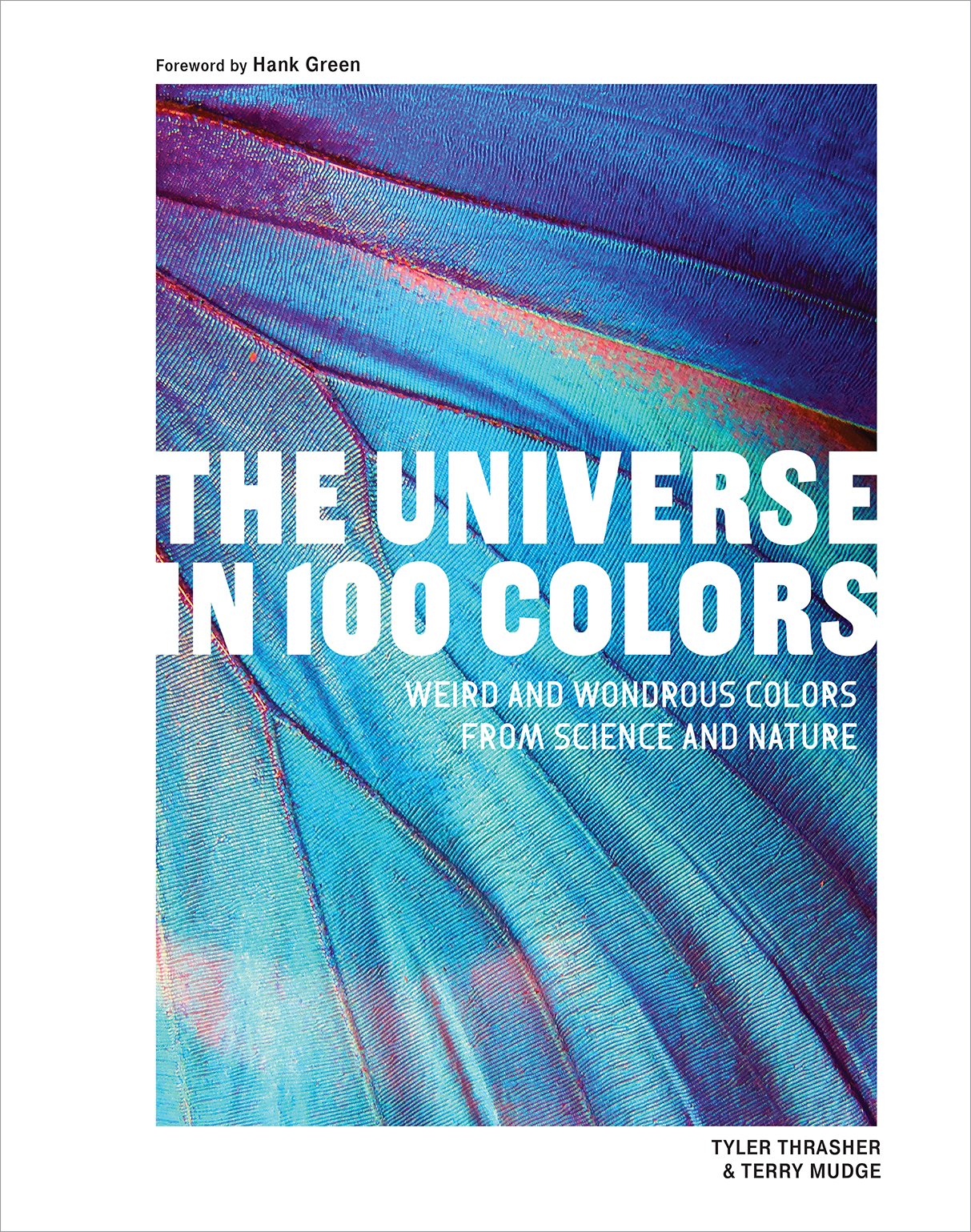Quoted from The Universe in 100 Colors: Amazing and Amazing Colors from Science and Nature by Tyler Thrasher and Terry Mudge. September 24, 2024, Sasquatch Books. Reprinted with permission.
Despite the fact that color is a ubiquitous part of our world, misconceptions about its nature and behavior are equally widespread. Some of these myths are detailed here.
Concept: COMMON LINES ARE RED, YELLOW, AND BLUE
This is often taught in schools, art courses, and painting classes, but it is not true in all cases. In terms of light, a person using true color, the first choices are red, green, and blue. When it comes to color printing and photography, dyes and inks work by mixing the colors together, which need to collect or cover the color fields of the other primary colors – magenta, cyan, and yellow. – slightly absorbing light, allowing only some of the colors. a visual display will be viewed.

COMPLETE: THE BIRDS HAVE EVERY COLOR
The rainbow, or visible light, has many beautiful colors, but does not include all the colors that humans can see. For example, the colors pink, brown and white, are not found in the spectrum because they are caused by a combination of wavelengths or because of complex interactions in our eyes and brain.
Pinks and magentas are seen when red and blue wavelengths combine. There are no colors in the rainbow, and even if there were, red and blue are on opposite sides of visible light. It would take a lot of merging before the blue and red would merge, and then it would be a very confused rainbow. This is the reason you will never find a true purple rainbow. The purple color and bands that we see are caused by something called supernumerary rings, which are additional smaller bands that surround the primary or secondary rainbow. Their light interaction gives light the color purple but does not change the fact that purple does not have its own unique wavelength in visible light. Closest to violet in brightness is spectral violet, which has a wavelength of its own, while purple is a series of mixtures between different parts of red and blue.

REQUIREMENTS: BLACK AND WHITE NOT COLORED
This is often controversial. In terms of light, white is the combination of all wavelengths of light that can be seen at once, and true black is the absence of any light—no color, no information. visible. When it comes to pigments, the whiter and whiter the color, the more light it reflects on the viewer. When the color is dark and black, the light is being absorbed by the surface or the center. If anything covered is to have color, that color is made up of wavelengths that can escape the structure of the garment.
This does not account for the dizzying range of whites and blacks accepted by artists, interior designers, and clothing companies (or anyone with flannel and American, honestly). If you don’t believe us, stand by the paint store section and watch the following couple argue about whether they want their white cabinets to be “warm” or “cool.”
Some of these differences are so small that the viewer may not notice anything, but if you look closely and take the time to cheat, you can find a big difference between inky bluish black, Eternal midnight purple, or dark slate. so flat and opaque that one could argue that it is “black in a dimly lit room.”
SKILLS: EVERYONE SEES COLOR IN A DIFFERENT WAY
Color vision can vary greatly between individuals due to factors such as color blindness, age, and even cultural background. It is wrong to assume that everyone has the same vision, and it often takes a little comparison to realize that no two people see the same color.
It’s the old shower idea: How can we prove that we all see the same color? By comparing and contrasting the shape of the human eye and finding the ratio between different samples and how those eyes respond to different lights and colors, we can safely say that there is a normal vision of color outside of color vision deficiencies (CVDs).
CVDs are defined as any color vision that does not match normal trichromatic color vision and is the result of abnormally functioning human cells. CVDs can be genetic or acquired through illness, injury, aging or chemical exposure.
The difference between CVD can range from a malfunction of one of the three cone cells to the absence of color vision, called achromatopsia. When one cone is affected, the result can be visual confusion between blue and green, yellow and gray, or blue and purple, to name a few.

ESSENTIAL: ANIMALS CAN SEE SEXUALLY AND SEXUALLY
While it is true that some animals do not see the range of colors that humans do, it is not correct to say that they only see in black and white. For example, dogs see the world in blue and yellow. Some animals, such as mantis shrimp and birds, can see a world of colors that are completely invisible to humans. Bees and many other insects see wavelengths from 300 nm to 650 nm, which means they can see ultraviolet light.
This difference in perception means that our insect friends are looking at our gardens in ways we don’t think. Flowers with the UV-reactive nature of their petals can act as lights on the path of bees and can attract insects with great diversity. Take the example of the yellow dandelion. It’s a solid yellow flower that’s rare for humans, but it’s a colorful and vibrant bullseye for non-dependent lifestyles.
plant but help promote its existence.

COMBINE: LINES, HUE, SHADE, AND TINT CHANGE.
There are many ways we can describe color properties and colors. It doesn’t help that there are complete experts who depend on correctly interpreting the details of color and color. The presence of these methods adds to the complexity of color interpretation which can often be lost on the average person. We clarify the true meaning of each word here.
Huh it is the root color, the base to which other elements, such as value and saturation, are added. Hue is pure color and pigment. For example, the color muted is not a color, but the color white is in the cyan family—in other words, very blue. Starting with cyan, other parameters work to create teal, such as darkness, light and shadow. The same can be used for pink, which is not a color but has magenta and cyan as its root colors. Desaturation and shading work to determine what type of pink is used, painted or printed.
Shadow it is built on color. It’s just adding pure black to a color or a color that darkens its appearance. The color and its group or family remain the same, only darker.
Tint it is the opposite of shadow. It is a color or color to which pure white is added with the aim of brightening its appearance and reflection. Pastels are often thought of as tints, as they are lighter and softer shades of color that usually have lower levels of saturation or intensity.

Among the shades and tints there are tones. Tones are hues with the addition of grays. Tints help reduce and “tone down” the brightness of a particular color.

#Animals #black #white #legends #color #legends